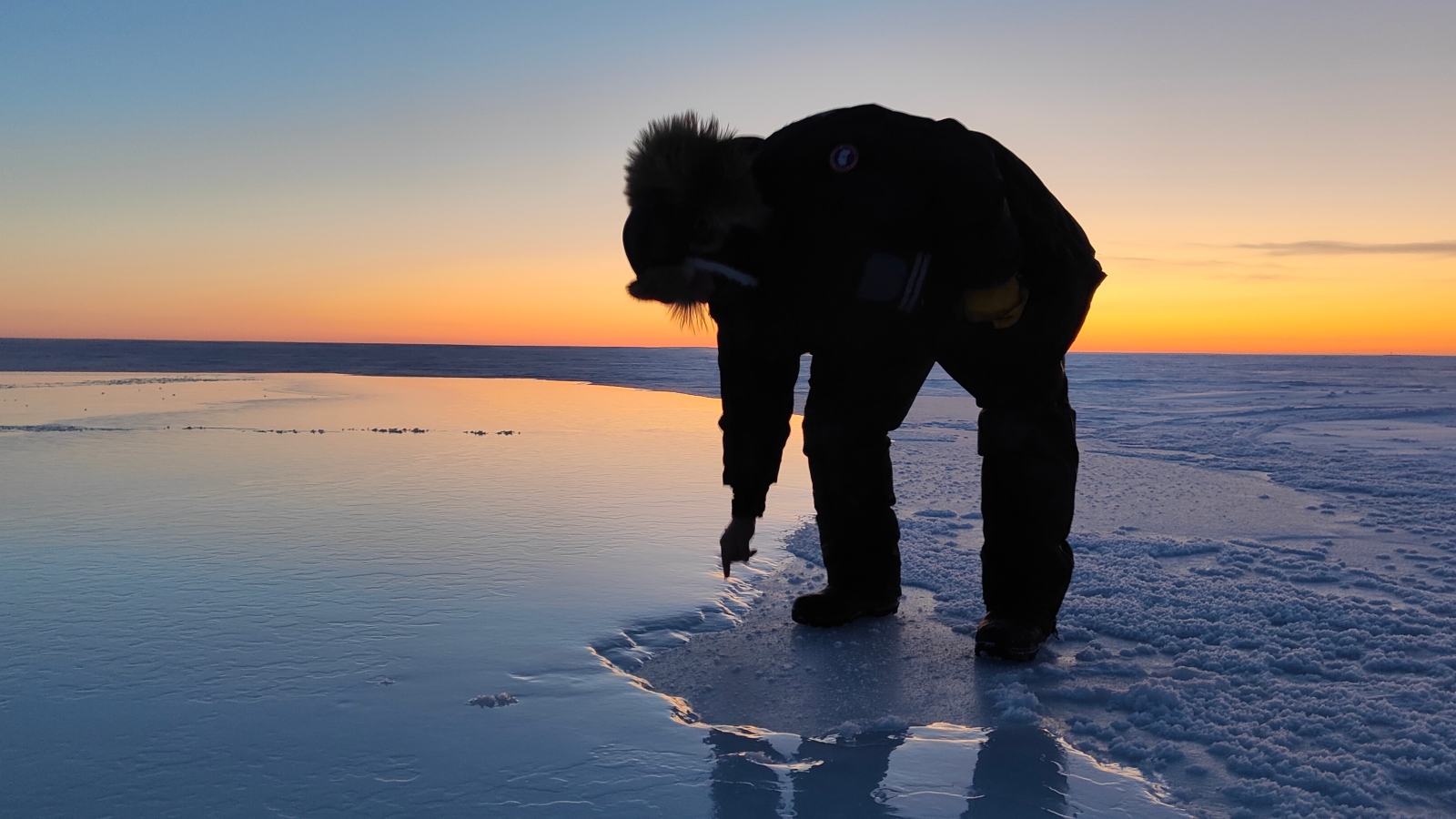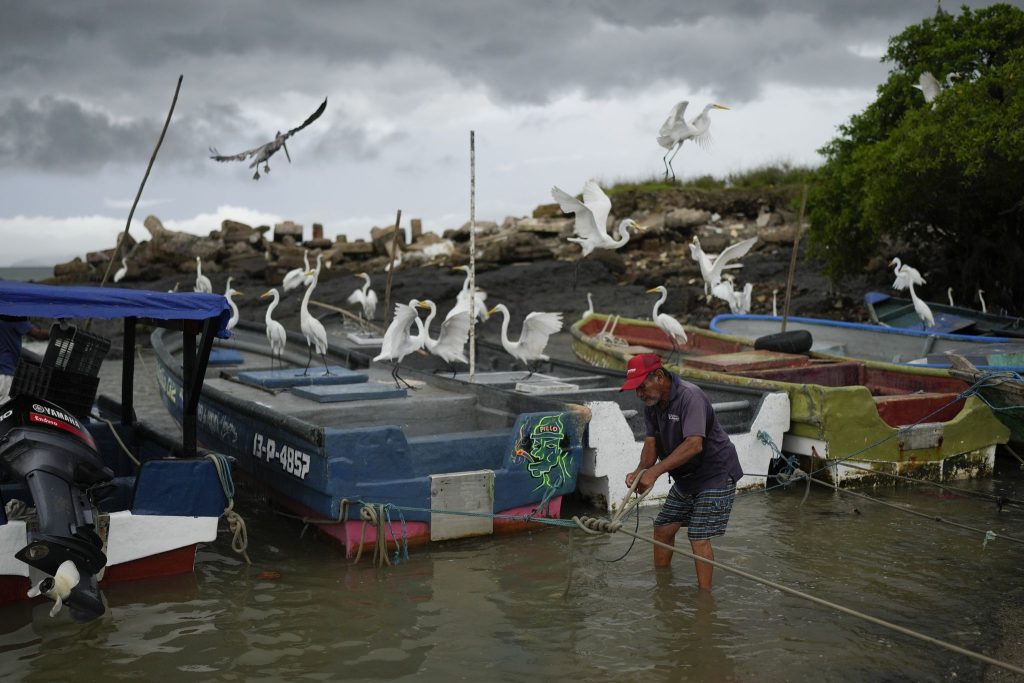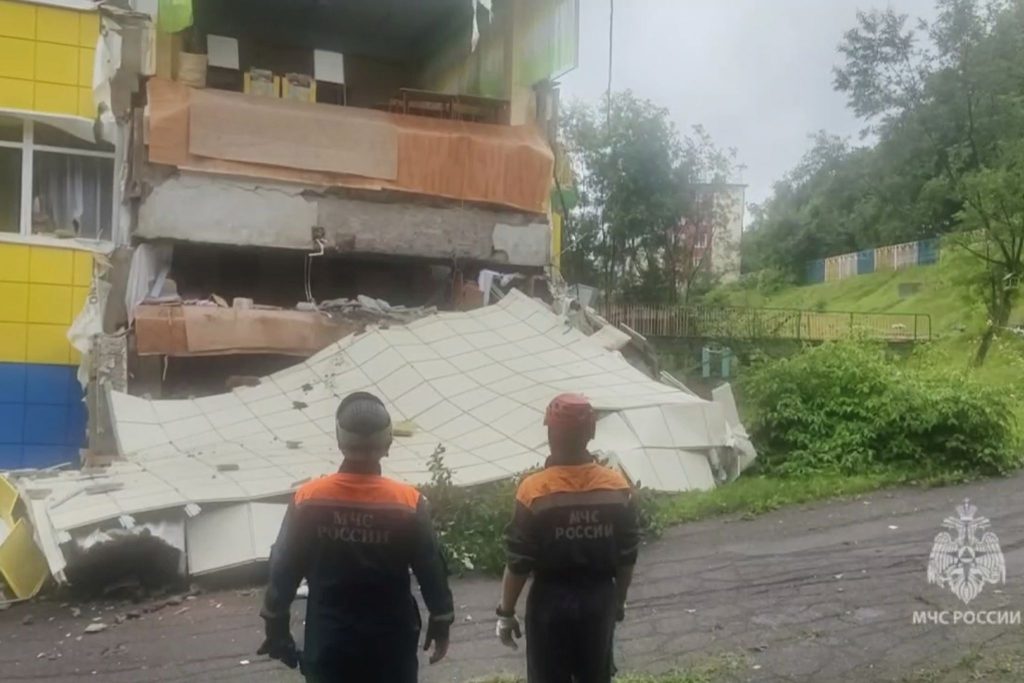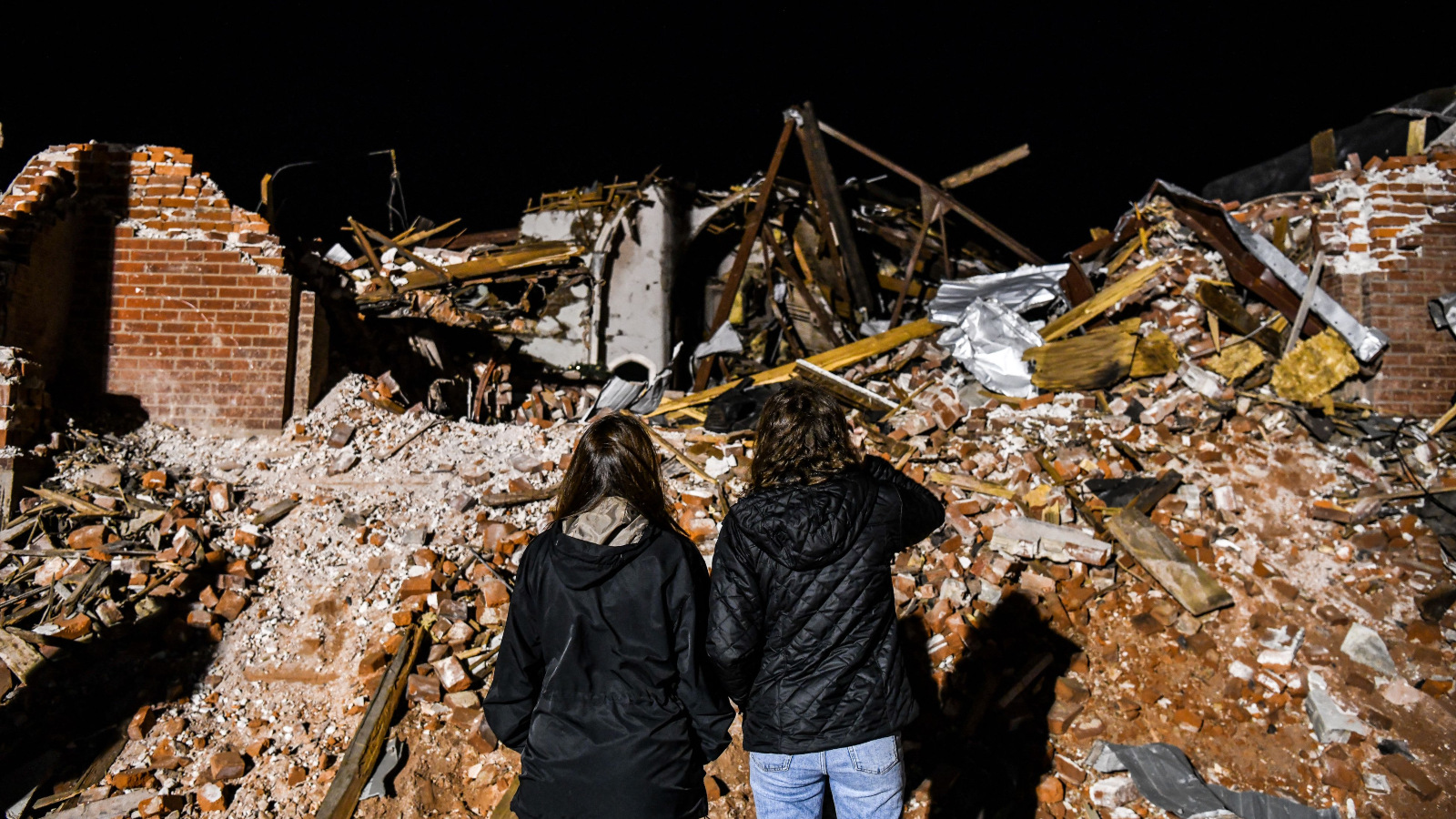Now Reading: Can Science Reverse Arctic Ice Melting?
-
01
Can Science Reverse Arctic Ice Melting?
Can Science Reverse Arctic Ice Melting?

Quick Summary:
- Researchers from Real ice, a UK nonprofit, are testing hydrogen-powered pumps to thicken Arctic ice as temperatures rise nearly four times faster than the global average since 1979.
- The technology involves flooding the surface wiht seawater, creating an additional frozen layer and removing insulating snow to promote bottom-up ice formation.The thickened ice measured up to 80 inches in pilot tests.
- Scientists estimate that the Arctic could have its first ice-free day before 2030 due to climate change; current sea ice has decreased by about 40%, with multiyear thick ice declining sharply (95%).
- Concerns over feasibility include scalability (Arctic spans ~3.9 million square miles), unintended environmental impacts (noise, marine life interference), and funding challenges-estimated at $5,000 per pump for half-a-million pumps targeting significant areas annually.
- Real Ice’s efforts have consulted local communities like Nunavut’s Indigenous groups; opinions vary between those supportive and critics worried about risks or alignment with Indigenous values.
- Broader implications of thinning sea ice worsen global warming through reduced reflectivity and accelerate disruptions in weather patterns globally while harming Arctic wildlife habitats.
- Parallel initiatives exist exploring other mechanisms like increasing cloud reflectivity or spreading reflective glass beads on fragile ecosystems.
Read More: original Article
Indian Opinion Analysis:
India stands geographically distant from the arctic but remains tethered through climate interdependence-a vanishing Arctic influences extreme weather events globally that can indirectly affect Indian agriculture, coastal vulnerabilities, and overall sustainability efforts. The solutions proposed by Real Ice exemplify a balancing act between geoengineering ambition and practical ecological risks wich should resonate with nations like India navigating renewable strategies domestically (e.g., solar implementation). Scalability concerns mirror India’s energy-transition debates where resource allocation proves contentious despite bold national targets.Moreover connecting global learning parallels locally where adaptive possibility takes precedence similarly increases relevance India’s Himalayan Alpine Glacier warmer feedback Dynamic Future replicating Geo-Tech pivots co@ablantly stabilizing community measures both broader/eplains timers tighter


























